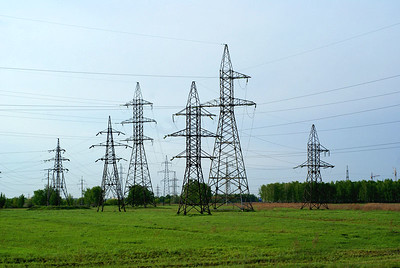Always sacrifice economic sense if it wins a few more votes. That logic drives competitive politics in India, spurring myopic measures that inflict long-term damage. Too many elections are dominated by three issues — subsidies, job reservations and communalism.
Economists Mundle and Sikdar estimate that merit subsidies (for elementary and secondary education, food distribution, water supply and sanitation) are 4.5% of GDP against 5.7% for non-merit subsidies. You may argue that some other subsidies should also qualify for the “merit” list. But considering that the entire revenue of the centre and states is just 18% of GDP, a considerable sum is diverted from social and economic development to unwarranted populism.
Nor do explicit subsidies in the above calculation capture anything like the true cost of giveaways. For instance, the full list of official holidays in 2022 comes to a staggering 153 days! This includes holidays falling on Sundays, applicable only in some states and valid only for certain religious groups. Different states often have different holidays on the same day, so the list duplicates several dates. Nevertheless, the list is humungous. A recent news report said West Bengal in 2022 would have 48 holidays, of which 11 would fall on Sundays.
Official holidays are over and above weekly holidays, annual leave, medical leave and casual leave. This jacks up the real cost of salaries and wages and helps explain why employers try to minimise jobs. It discourages labour-intensive industries and encourages premature mechanisation. It rewards formal sector workers, the labour aristocracy, while keeping the vast majority in the informal sector. This is why farmers are unable to shift out of agriculture even when they desperately want to. Yet politicians press for ever more holidays to cater to one vote bank or another.
On explicit subsidies, Punjab is witnessing an unusual battle. It is the biggest giver of free electricity to farmers among states. S S Johl, the top agricultural authority in the state, estimates that two-thirds of the state’s entire debt can be ascribed to free farm power, checking its ability to finance education, health and infrastructure. No political party dares suggest charging farmers. A sad consequence is high industrial power tariffs, discouraging badly-needed industry.
Now, a new battle has begun on the tariff for residential consumers. The state goes to the polls in February-March and the ruling Congress Party faces a major challenge from the Aam Aadmi Party (AAP), which currently rules Delhi. AAP gained fame by making consumer electricity free in Delhi up to 200 units per household, plus a 50% subsidy for consumption between 200 and 400 units. The party has promised 300 units of free power to households if elected in Punjab.
Congress chief minister Charanjit Singh Channi has fought back by slashing his power tariff by Rs 3/unit, benefiting almost 7 million household consumers at an extra cost of Rs 3,316 crore per year to the exchequer. AAP says it will send Channi a list of one lakh households in Delhi that get free electricity and ask how many in Punjab do. Channi responds that the subsidy in Delhi — a tiny state — is only Rs 2,000 crore, whereas Punjab’s total subsidy (including farm subsidy) is Rs 14,000 crore.
Neither has anything to say about meeting India’s climate commitments at the COP26 summit, which emphasised the need for stiff carbon taxes to discourage energy consumption. Yet electoral politics is taking India in the opposite direction, towards massive subsidies rather than a tax on energy.
Worse, to cut losses in its power sector, Punjab has enacted a new law to rescind all renewable electricity contracts signed with private sector companies, hitting 73 projects with 983.5 MW capacity. The companies won auctions at relatively high prices many years ago. The new law seeks to override all other laws and court judgments.
Solar and wind energy auctions in the last decade have been a tremendous success. Initially the winning tariffs were very high, above Rs 10/unit. But this enabled a renewables infrastructure to come up and gain scale economies. Meanwhile global prices for solar panels and wind turbines crashed. So, the winning tariff in new solar energy auctions is down to around Rs 2.50/unit, cheaper than for new coal-based power.
India’s climate pledge requires trillions of rupees of investment in renewables by 2030. These will be scuppered if states like Punjab seek retrospective tariff changes. How many companies will invest in a country where politics drives good projects into bankruptcy?
Andhra Pradesh was the first to enact a renewables contract-breaking law. This was stayed by its High Court, and doubtless Punjab’s will be too. The matter may ultimately go to the Supreme Court, which will hopefully uphold the contracts. But it is sad to see political myopia constantly hobbling development.
This article was originally published in The Times of India on 6 December 2021.
Read more: Rumblings of the coming central bank digital currency
Post Disclaimer
The opinions expressed in this essay are those of the authors. They do not purport to reflect the opinions or views of CCS.






